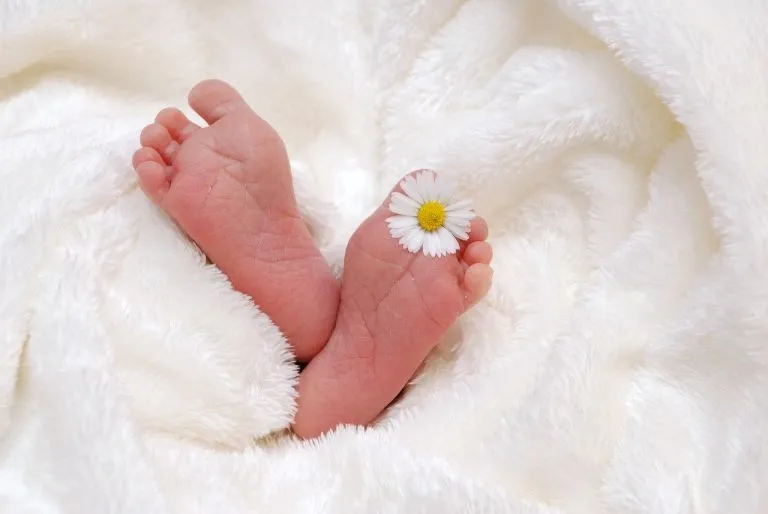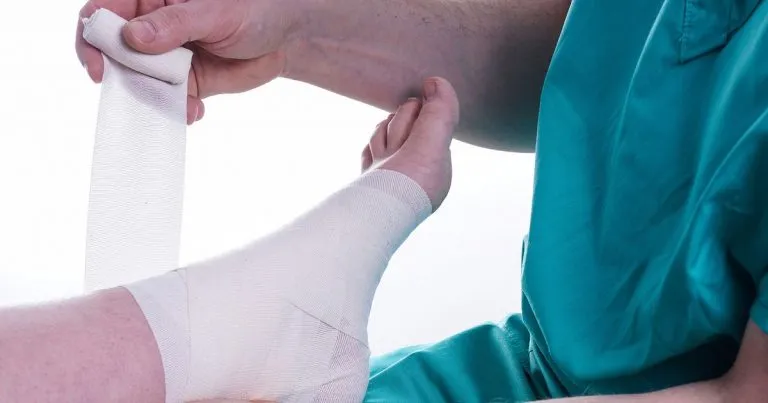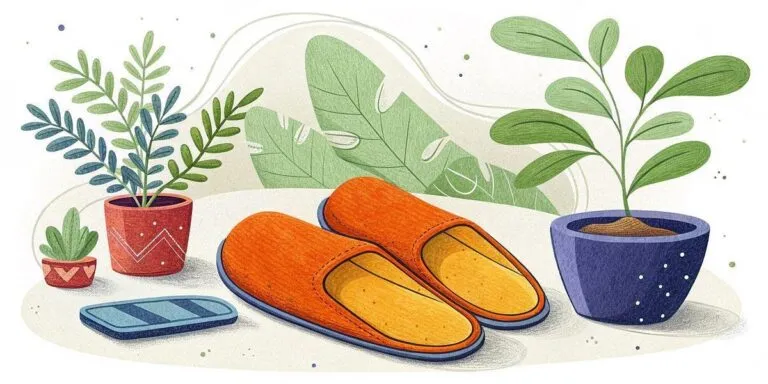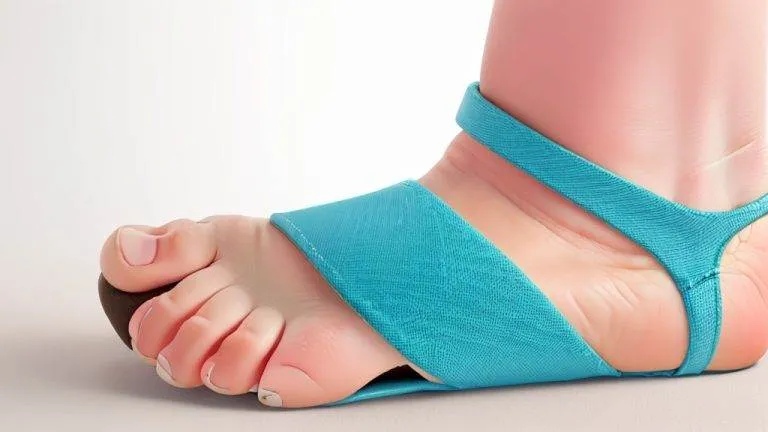Foot Problems – Sever’s Disease
Calcaneal Apophysitis (Heel Pain in Children)
Severs Disease
Description: When recurring heel pain occurs in children, it is usually due to Sever’s Disease, while adult heel pain is usually due to heel spurs, plantar fasciitis, or retrocalcaneal bursitis (Haglund’s Deformity).
Definitions:
• Apophysitis is an inflammation of a growth plate.
• Calcaneus is the anatomical name of the heel bone.
• Sever’s Disease is an inflammation of the growth plate
located at the heel’s posterior aspect (back).
Sever’s Disease (or Calcaneal Apophysitis) – Symptoms
Symptoms/Self-Diagnosis: Sever’s Disease is most commonly seen in physically active girls and boys ages 10 to 15. These are the years when the growth plate is still “open,” and has not fused into mature bone.
Also, these are the years when the growth plate is most vulnerable to overuse injuries, usually caused by sports activities. The most common symptoms of this disease include:
Heel pain in one or both heels.
They are usually seen in physically active children, especially at the beginning of a new sports season.
The pain is usually experienced at the back of the heel and includes the following areas:
The back of the heel (that area that rubs against the back of the shoe).
The sides of the heel. This is one of the diagnostic tests for Sever’s Disease: squeezing the rear portion of the heel from both sides at the same time will produce pain. It is known as the Squeeze Test.
Sever’s Disease (or Calcaneal Apophysitis) – Causes & Predisposing Factors
Causes of Sever’s Disease: The foot is one of the first body parts to grow to full size. During the time of growth, bones grow faster than muscles and tendons. This results in the muscles and tendons becoming tight.
The strongest tendon which attaches to the heel is the Achilles Tendon. It attaches to the back of the heel at the site of the growth plate, and during sports activities, it pulls with great force on the growth plate.
If this pull by the tight Achilles Tendon continues for long periods, the growth plate may become inflamed and painful. If exertive activities continue, Sever’s Disease may result.
- ✶HEEL PROTECTION & SUPPORT – Tuli’s Cheetah provide the support that gymnasts and dancers count on with the shock-absorbing technology from the Tuli’s heel cups and the comfortable reinforcement from a lightweight compression sleeve.
- ✶CORRECT FIT IS A TIGHT FIT – May take 2 people to put it on the first few times. Putting the product on shouldn’t be easy because of the tight fit.
- ✶NEOPRENE BAREFOOT SUPPORT – Protection designed for barefoot activities made from a medical-grade neoprene that protects against heel shock and provides impact relief.
- ✶SEVER’S DISEASE RELIEF – The Cheetah provides cushion and elevates the heel bone while providing evenly distributed compression to reduce heel pain caused by Sever’s Disease.
- ✶MADE IN USA.
Last update on 2025-11-20 / Affiliate links / Images from Amazon Product Advertising API
Predisposing Hereditary Factors: These are biomechanical defects that one may be born with, which increases the chances of developing Sever’s Disease:
Short Achilles Tendon: When the Achilles Tendon is short from birth, it will exaggerate the tightness of this tendon which occurs during a child’s growing years.
This makes the pull of the Achilles Tendon on the heel’s growth plate more forceful than normal, causing inflammation, pain, and eventually Sever’s Disease.
Short Leg Syndrome: When one leg is shorter, the foot on the short leg must plantarflex (the foot and toes bend down) to reach the ground. In this way, the body tries to equalize the length of the legs.
For the foot to plantarflex, the Achilles Tendon must pull on the heel with greater force than if the leg was a normal length. Thus, the heel on the short leg will be more susceptible to Sever’s Disease during the foot’s growing years.
Pronation: This is a biomechanical defect of the foot, which involves a rolling outward of the foot at the ankle so that when walking, the inner side of the heel and foot bears more of the body’s weight than is normal (click here for more information about pronation).
Pronation thus causes the heel to be tilted or twisted. The Achilles Tendon must twist to reach its normal attachment site to attach to the heel.
This will shorten or tighten the Achilles Tendon and increase the force of its pull on the heel’s growth plate.
This will increase the tightness of the Achilles Tendon during the foot’s growing years and may help to initiate bouts of Sever’s Disease.
Flat Arches and High Arches: These biomechanical foot defects affect the pitch or angle of the heel within the foot.
When the heel is not positioned normally within the foot due to the height of the arch, the Achilles Tendon’s attachment to the heel is affected.
This may shorten or tighten the Achilles Tendon, increasing its pull force on the heel’s growth plate.
During the foot’s growing years, abnormal arch height may contribute to the onset of Sever’s Disease.
Sever’s Disease (or Calcaneal Apophysitis) – Custom Treatments
Prevention and Treatment of Sever’s Disease: The adage, “An ounce of prevention is worth a pound of cure,” is most appropriate when trying to prevent the devastating effects of Sever’s Disease.
If this disease is not prevented or treated in its earliest stages, it may cause the child to stop certain sports activities until the growth plate has fused and matured (usually around 16 years old).
Long-term Treatment and prevention must be directed towards protecting the growth plate at the back of the heel during a child’s growing years.
This is best done by being aware of the following:
Suppose the child is very active in repetitive and exertive sports.
In that case, the parents must be vigilant regarding the child’s gait, watching to see if he or she is limping, walking on their toes, or complaining of heel pain when weight-bearing. These may be “early warning signs” of Sever’s Disease.
Along with these signs, if your child has any of the Predisposing Hereditary Factors listed above, the chances of Sever’s Disease occurring is GREATLY increased.
Custom-Made Sports Orthotics For Sever’s Disease:
Cushion the painful heel. The proper padding will cushion and protect the heel each time your child steps on their foot. This will help to provide comfort when weight-bearing.
Optimally elevate the heel. When the rear portion of the heel is elevated the proper amount, the Achilles Tendon’s forceful pull is reduced, thus lessening the tendon’s pull on the growth plate.
Without this abnormal pull on the growth plate, the chances of the growth plate becoming inflamed and painful are greatly reduced. This will reduce the chances of
Sever’s Disease is occurring. (Heel lifts for Short Leg Syndrome can also be added if needed).
Re-balancing the foot and maintaining it in its proper alignment with our uniquely placed wedges will help control the biomechanical foot defects predisposing the foot to Sever’s Disease. Sever’s Disease’s occurrence is greatly reduced when the foot is properly aligned.
Support the arch at its optimal height. This will help to hold the heel in a neutral position. When the heel is in a neutral position, it has a more normal pitch (angle).
This will reduce the abnormal pull of the Achilles Tendon on the heel’s growth plate, thus helping to reduce the chances of Sever’s Disease from occurring.
To order our custom-made sports orthotics for Sever’s Disease, click here.
Sever’s Disease (or Calcaneal Apophysitis) Non-Custom Treatments
The following product can be effective in helping to reduce the pain of Sever’s Disease; however, it does not help to correct the underlying cause of Sever’s Disease as custom-made orthotics do.
WonderZorb Soft Silicone Heel Cushions: These heel cushions are made of super-shock absorbing, medical-grade soft silicone.
They will help to cushion and protect the heel each time your child takes a step. Also, because of the thickness of the silicone cushion, the heel is slightly raised, which will help to reduce the pull of the Achilles Tendon on the tender and inflamed growth plate.
These features help to provide relief, especially when the Heel Cushions are used in conjunction with the following Self-Help Treatments.
Sever’s Disease (or Calcaneal Apophysitis) Self-Help Treatments & Exercises
Immediate Self-Help Treatment should begin when symptoms of Sever’s Disease first appear.
These treatments can include:
Eliminate all unnecessary weight-bearing activities, especially sports activities. This will limit the pull of the Achilles Tendon on the heel’s growth plate and allow it to begin to heal. Continue this until all symptoms are gone.
Apply ice to the back of the heel for 20 minutes several times a day. The ice should cool the area, not make it uncomfortable. If the pain increases with the use of ice, stop it immediately. Ice will help to reduce the inflammation of the growth plate.
Wear a shoe with an open back, such as a sandal or clog. When the shoe is backless, there is nothing to rub on the back of the heel.
This reduces pressure on the tender growth plate and allows it to heal more quickly.
Wear a shoe with a higher heel. Elevating the heel will decrease the force the Achilles Tendon pulls on the growth plate, allowing the pain to subside gradually.
For guys: wear an open-back shoe. Place an Ľ” felt or foam pad on the heel’s innersole. This will elevate the heel. (You can purchase felt or foam material at some craft stores or medical supply stores.
Cut the material to fit in the heel of the shoe).
When lying on your back, place a pillow under the calf of your leg so that your heel does not touch the surface you are lying on. This will reduce pressure on your heel.
Physicians usually recommend that these treatments be continued until all pain subsides. A gradual and sensible return to all weight-bearing activities is encouraged.
In my experience, custom-made sports orthotics will facilitate a quicker return to all activities, especially sports.
Soft Silicone Heel Cushions
These heel cushions are made of super-shock absorbing, medical-grade, soft silicone.
Each time we step down, we place 3 to 5 times our body weight on foot (depending on whether we are walking or running).
Uniquely designed silicone heel cushions will absorb this tremendous force rather than allowing it to strike the heel.
When this occurs, the painful heel is no longer aggravated and can begin healing itself.
Also, these cushions will help reduce heel pain caused by callused and cracked skin by providing an effective cushion.
These cushions are made out of clear hypo-allergenic silicone with a softer blue dot density, which provides additional relief to sensitive areas on the heel.
These silicone heel cushions are durable, can be used for either the right or left foot, and are hand washable.








